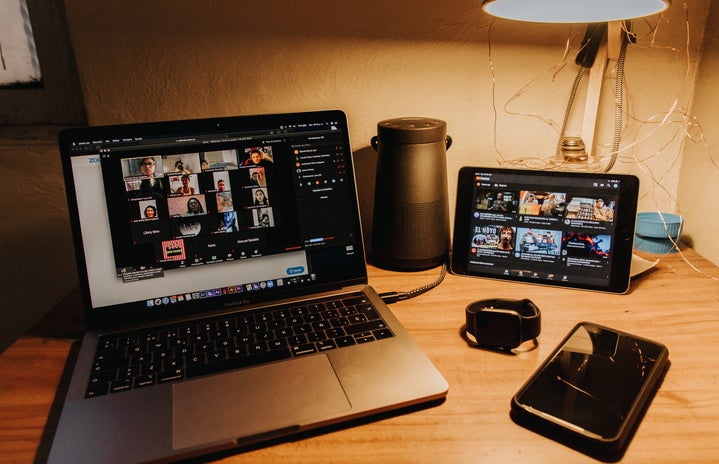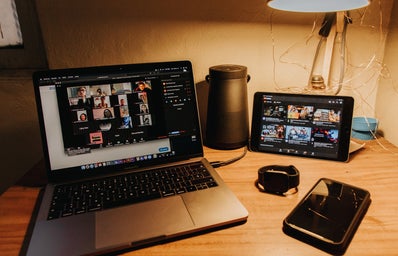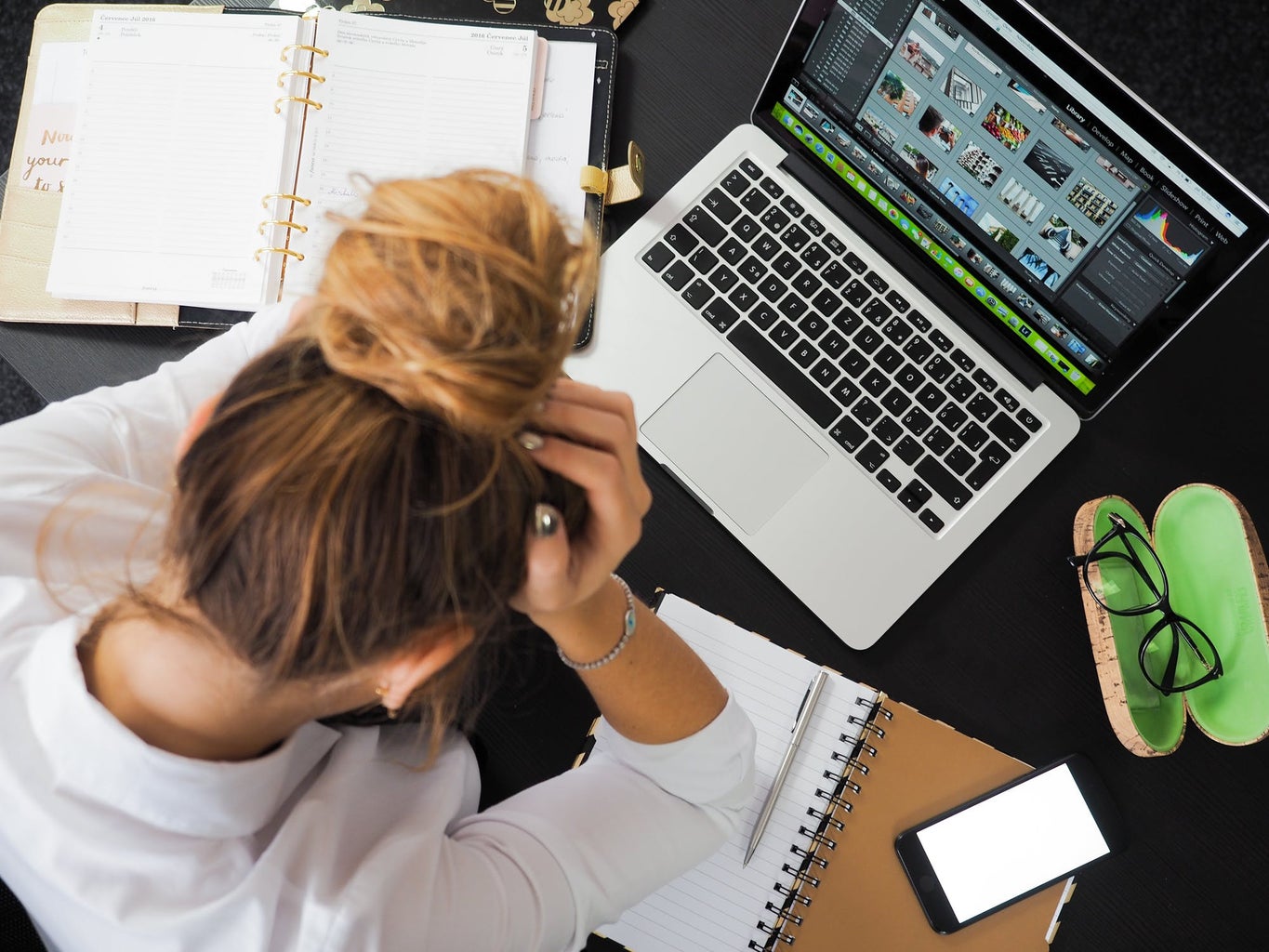What is Zoom fatigue anyways? Zoom fatigue is a new term that describes the feelings of exhaustion that result from being on Zoom for long periods, day in and day out. Our generation isn’t just complaining because we’re lazy. We’re complaining because Zoom fatigue is a thing!
In “Nonverbal overload: A theoretical argument for the causes of Zoom fatigue,” an article by Stanford University’s Dr. Jeremy N. Bailenson, he argues that there are four leading causes of Zoom fatigue: “Excessive amounts of close-up eye gaze, cognitive load, increased self-evaluation from staring at video of oneself, and constraints on physical mobility.” We have to get up-close and personal with people we barely know, day-in and day-out. Staring at our professors and peers makes us uncomfortable and takes up energy. As Bailenson points out, we also have to pay more attention to nonverbal cues than we would in a classroom setting. I don’t know about you, but having to stare at people and the camera constantly to mimic eye contact and show that I’m listening becomes draining after a few hours.
Bailenson also claims that looking at ourselves through Zoom and not moving away from our computer screens have contributed to this concept of Zoom fatigue. When I’m on Zoom, even when I try not to, I feel the need to look at my profile to make sure I’m centered on the screen and am showing I am attentive. Even if I don’t want to admit it, I also find myself trying to fix my hair or my top.
If you’re feeling the effects of Zoom, you’re not alone. We’re drowning, and it’s not just because we’re struggling with school work. It’s because we’re struggling with the draining effects of Zoom.
Although this year has been frustrating and we’re ready to log off, remember that we are all in solidarity with one another, and we can all get through this. Take those extra walks, cuddle with your pets, treat yourself to your favorite snack or drink, and keep your chin up. There’s a light at the end of the tunnel, and hopefully, we will be in person next fall.



